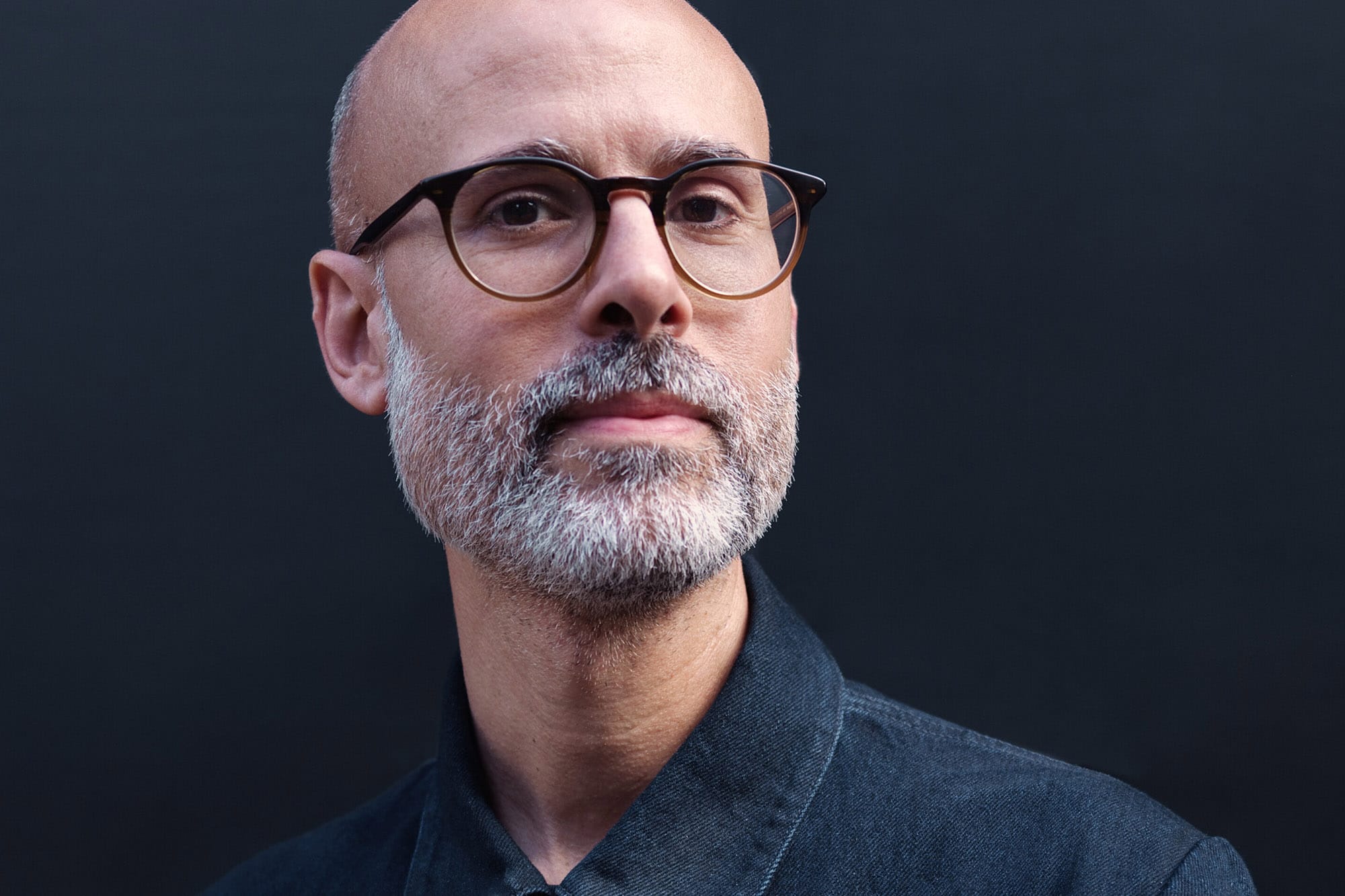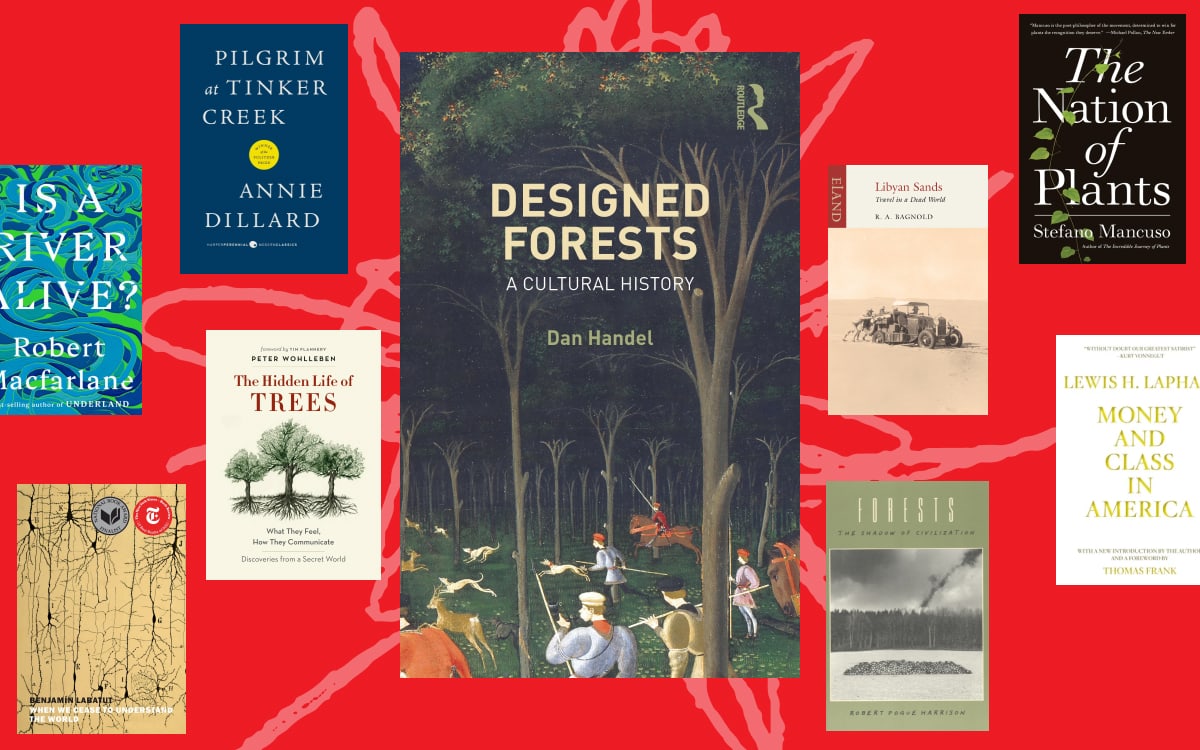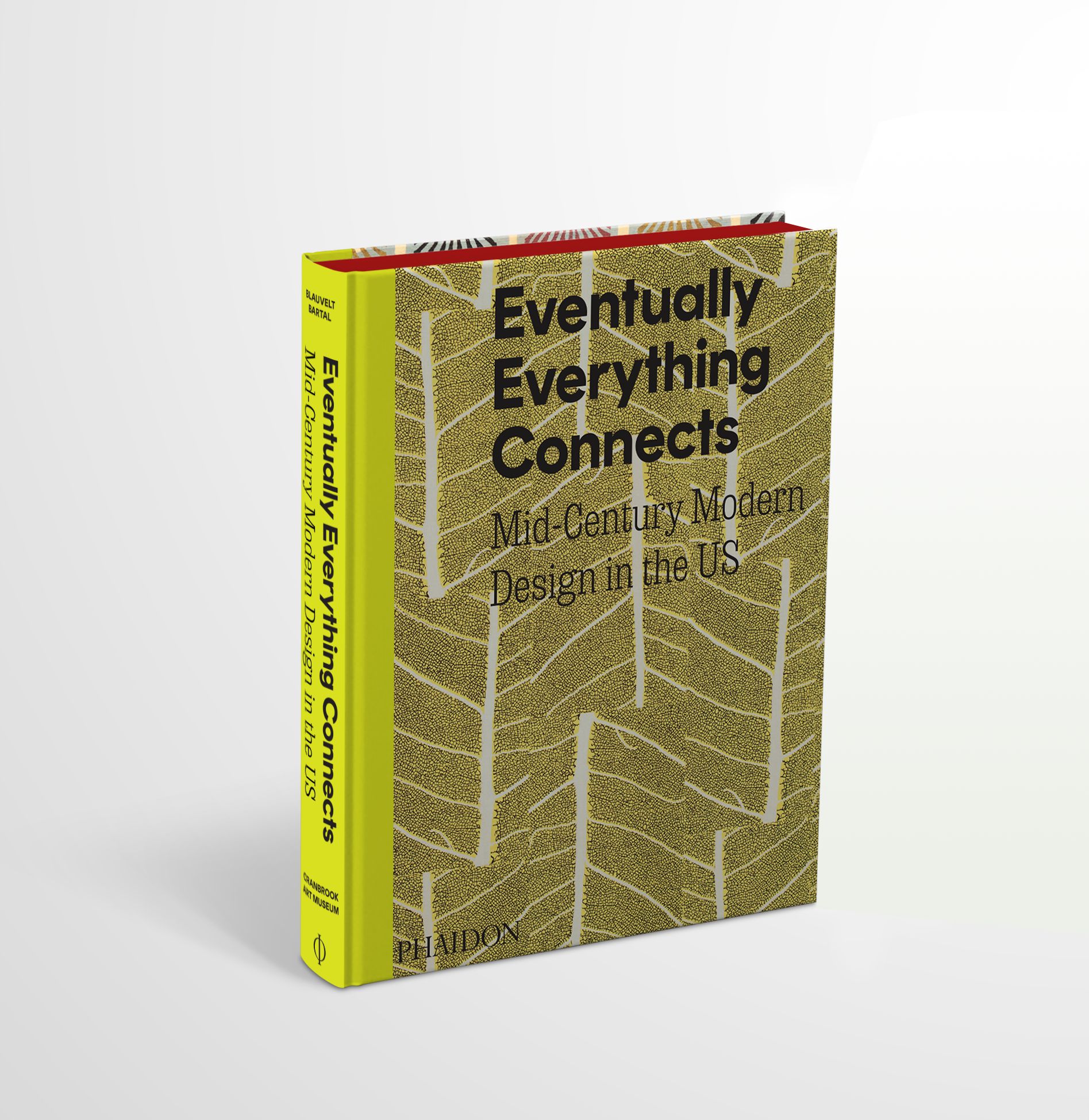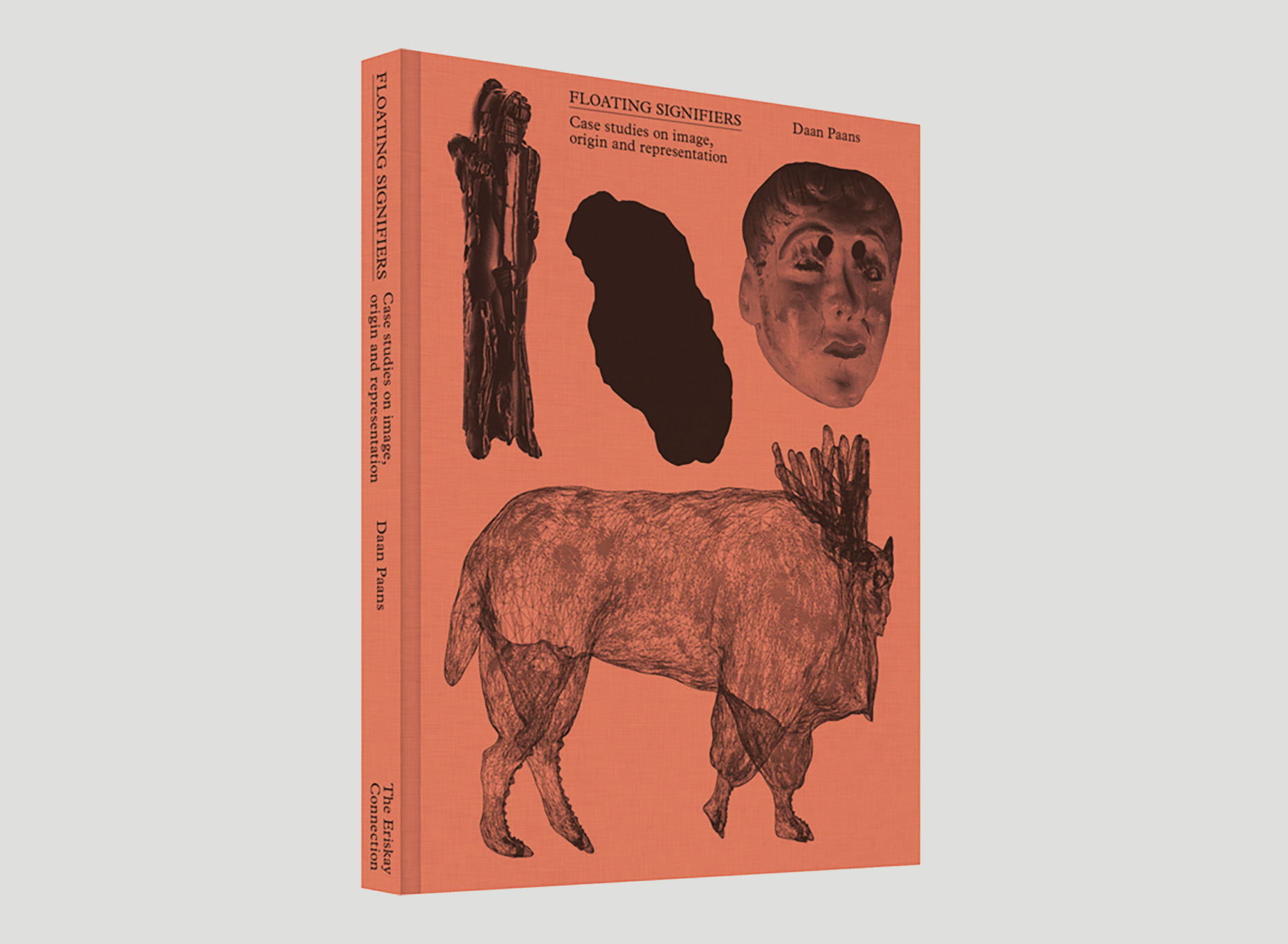Justin McGuirk has long been one of my favorite design writers: accessible yet critical, capacious and pointed. He’s someone who always looks at an object — a book, a product, a building, a service, and is able to zoom out to think about the big picture. When he was on show back in 2018, he was a few years into his appointment as the chief curator of the Design Museum in London. Earlier this year, Justin stepped down from that position to devote his full-attention to the Future Observatory, the Design Museum’s national research program to kickstart the green transition, where he now serves as director. I was curious how he was thinking about this new role, the role of museums as a catalyst for change, and what designers can (and can’t do) in regards to climate action. Our conversation has been edited for clarity.
What is the Future Observatory? Tell me how it started and the goals behind it? How does it sit within and relate to other initiatives at the Design Museum?
Future Observatory is the UK’s national design research programme for the green transition. It’s an initiative that was proposed by the Design Museum and is funded by the Arts and Humanities Research Council – so that’s government money. Over the current funding period (2022-25), we will invest £25 million in more than 100 research projects aimed at reducing carbon emissions and waste, and promoting regenerative practice. So that’s a whole generation of design researchers we can support. But fundamentally the aim is to connect academic researchers with industry or local government partners to give the research a real-world context. That’s how you step towards impact.
The beauty of locating an initiative like Future Observatory in the Design Museum is that a museum has tremendous potential for oxygenating that research – be it through displays and exhibitions, through convening talks and roundtable discussions, through publishing and so on. It’s not just a place to bring stakeholders together, it’s a place where you can put ideas in front of a large general public while they are still in formation.
What’s interesting to me about the organization is that it’s not simply a curatorial project, or a place for exhibitions and content production, but one that is also actively engaged in conducting new research and funding projects. Could you talk more about how you see the relationship, especially in this context, between research and publishing, investigations and production? (It seems to me that Future Observatory aims to assist in every stage of this process.)
Absolutely. I’ve written elsewhere about the idea of ‘the museum as catalyst’. The power of Future Observatory is that it redefines what a museum can be. Generally museums engage the public in interpretations of historical or contemporary culture. But to be able to fund and shape the future is extremely rare, and is perhaps better suited to a design museum than an art museum. Therein lies the fruitful contradiction of Future Observatory’s name: you cannot observe the future, you have to conjure it through plans, images and artefacts – through design.
I should probably clarify that the Future Observatory team are not the ones conducting the research – we’re not a think tank. We commission and fund research by experts or early career researchers working across the spectrum of design, from products and fashion to urbanism and landscape. But the curatorial dimension is important, both in terms of the identification of research themes, the selection of the researchers themselves and of course the work that goes into trying to present some of these projects to the museum’s visitors. And there are other outlets too, like the Future Observatory Journal we plan to launch next year.
You recently stepped down as chief curator at the Design Museum to focus all your time to Future Observatory. How did that position shape your current work? Were there projects, exhibitions, or research you did as curator that helped animate what would be come Future Observatory?
The original impetus behind Future Observatory was the idea that the museum, because of our links to the design community and industry, had a role to play in helping support the government’s industrial strategy. It was a slow process, to which a lot of people contributed, and in the end we focused on the ‘net zero’ strategy (but I’m not a believer in that phrasing so it became ‘the green transition’). One curatorial project was instrumental, and that was Waste Age, the exhibition we staged in 2021 about designing our way to a post-waste society. That exhibition helped demonstrate our sense of purpose, and in fact triggered a whole series of operational changes within the museum, including a real focus on low-waste exhibition-making.
While I loved my job as chief curator, focusing on Future Observatory felt like the most important work I can be doing right now. And it really wants to continue beyond 2025 so I had to seize the opportunity to try and build it into a longer-term project.
Reflecting on your 8-ish years as Chief Curator, I’m curious to hear what you learned in that post? How did you evolve as a curator? How did being in that role change your thinking on design?
My god, I can’t even begin to recount what I learnt in that post – there’s something about making exhibitions that means you are constantly learning: about how to reach people, about what resonates with them, about how they will navigate and behave in a gallery. But most of that has to do with curatorial craft. It’s a cliché to talk about the visitor journey but the truth is that a lot does hang on how you create a narrative arc, how you weave a story, how you create moments of surprise or drama. Unless you are curating for designers alone, which we certainly don’t, you can’t assume that people are automatically interested in your idea, or even in the objects themselves. Over time you develop an instinct for how to connect.
My perception of design hasn’t changed, but the practice of communicating design through objects and installations has added a richer dimension than one can have as a critic, and also a grounding in realism. Design is a practice forever striving and failing to live up to its own idea of itself. Designers have tremendous cultural influence through the nature of objects, but they know that the real power lies in the design of the system in which that object exists – be it economic, regulatory, political, social – and there they have less agency. That has never felt more acute than now, when design has such a crucial role to play in the green transition. Designers are forced to operate within systems, such as markets, that frankly have no view on whether there should be a liveable future for humans on this planet. Of course, you can implement change through materials and manufacturing processes and so on, but that can feel limited compared to what can be achieved through regulation, or the banning of oil drilling. I believe there’s a role for design in conjuring alternative futures that are not dystopian and that help people visualise how things might be different. And of course Future Observatory’s position is that design research and the creation of new processes and artefacts can help conjure those futures.
How do you see the roles of museums, of curators, of exhibition-makers changing in the face of the climate crisis? I’m thinking specifically of Marv Recinto’s recent ArtReview piece Eco Exhibitions Won’t Save Us; Is the Future Observatory a model other institutions, curators, etc could adapt to fill this gap?
Great question. I have a certain sympathy with that article. On the one hand, artists will make art about the issues of their day, and the climate crisis is one of the great issues of our day. Artists process the world, so there will be plenty of climate art to come, and no one should expect those exhibitions to “save us”. On the other hand, I also feel frustrated by exhibitions that merely “raise awareness”. The power of a Design Museum ought to lie in its ability to show practical contributions (I hesitate to say “solutions”). But Future Observatory goes further and opens up a new terrain that gives the museum much greater agency. By funding design research, it has a much more direct impact.
What’s next for Future Observatory? Any new projects or initiatives you can preview? What’s next for you? What ideas are animating your current thinking?
So many things on the horizon. This week we’re opening a Future Observatory design research display on the top floor of the Design Museum – a dedicated space for showing live research. In the spring we’ll launch Future Observatory Journal, which will bring together design research, ecology and futures thinking. In the summer we’re hoping to build some full-scale housing prototypes that demonstrate low-carbon construction. And we’re also working towards a major exhibition in 2025 about a paradigm shift away from “human centred design”, but I can’t say too much about that for now!




